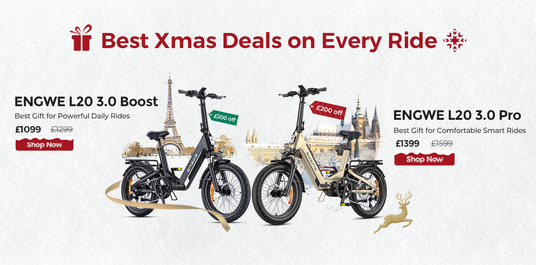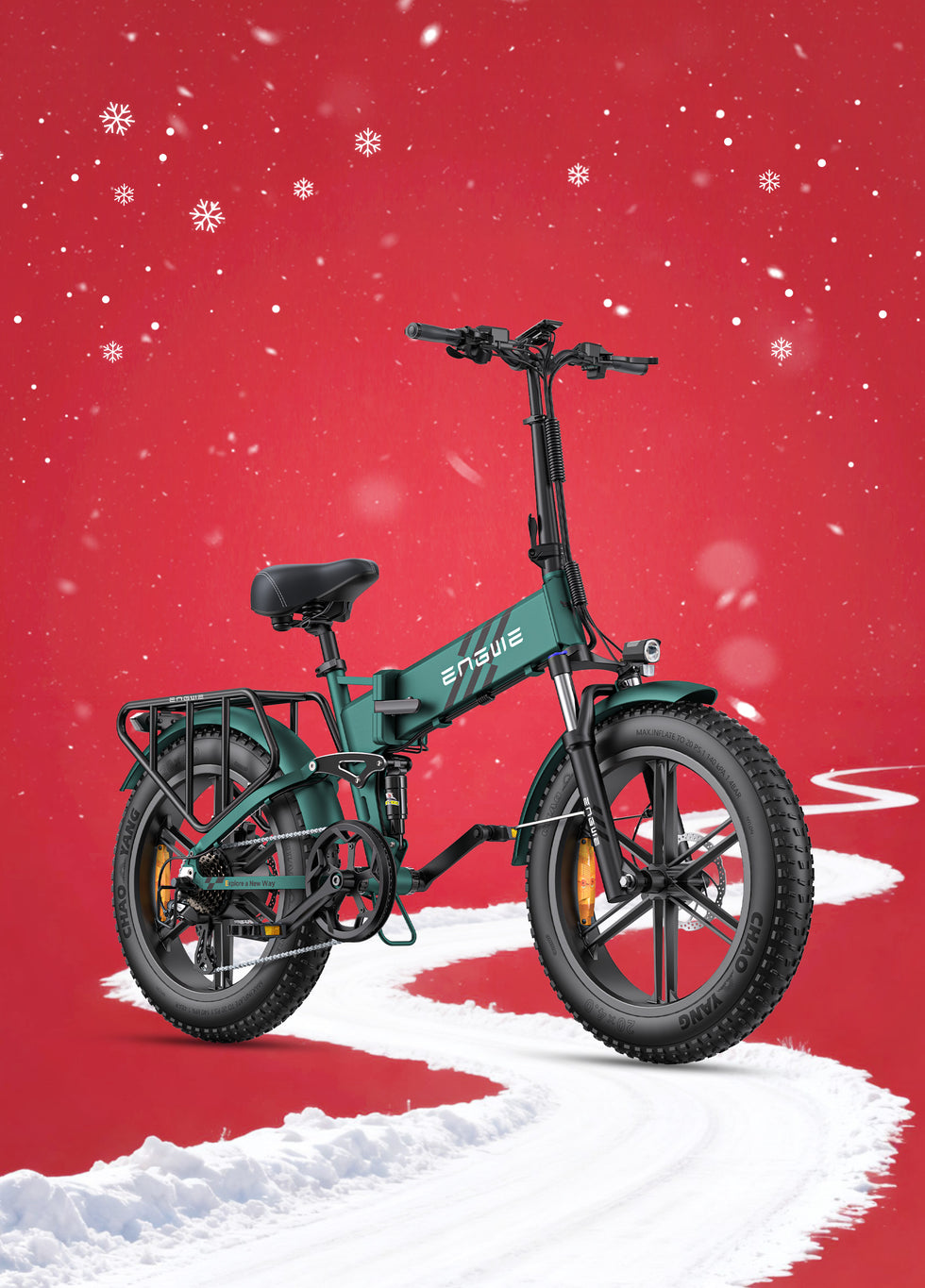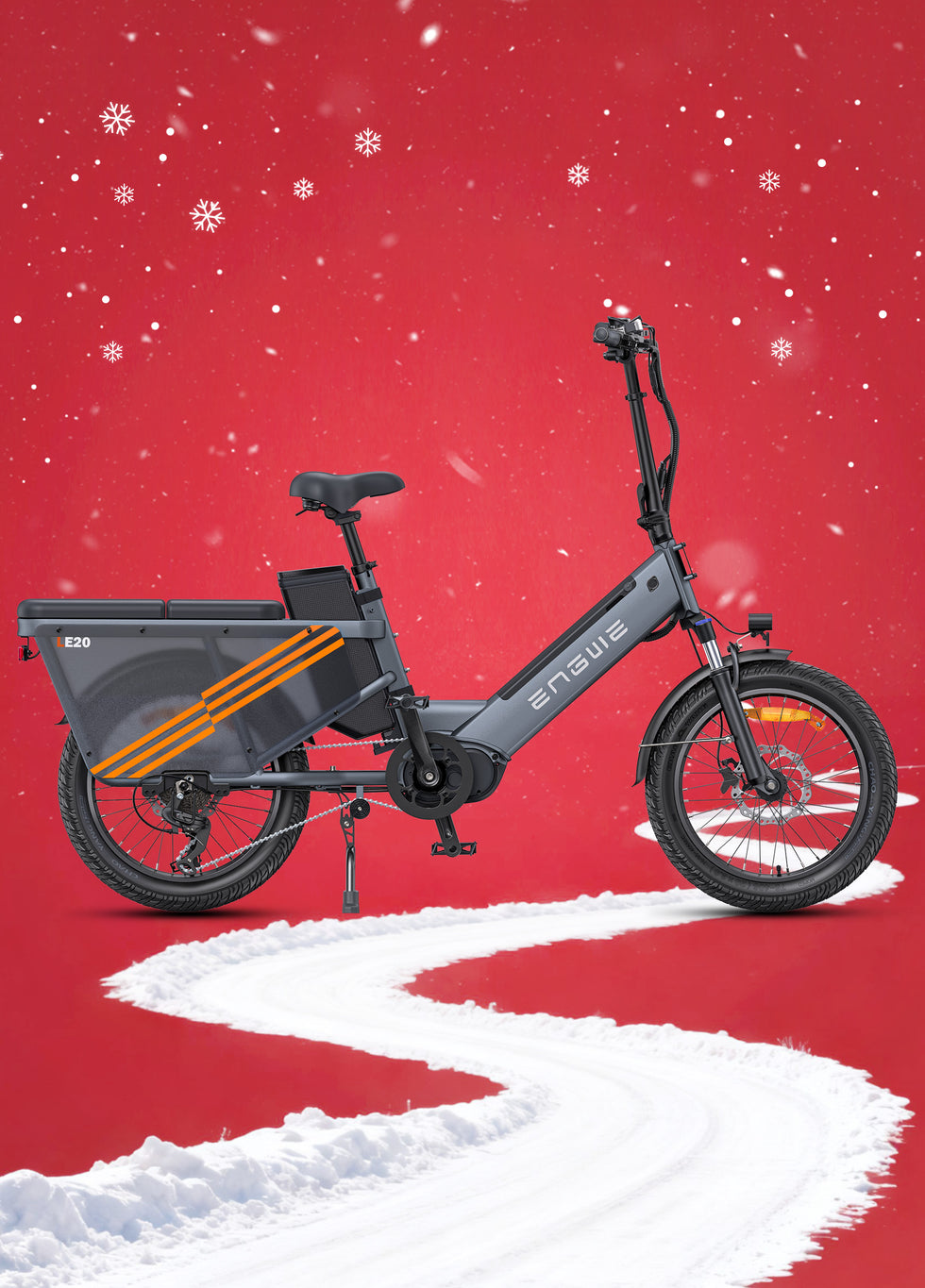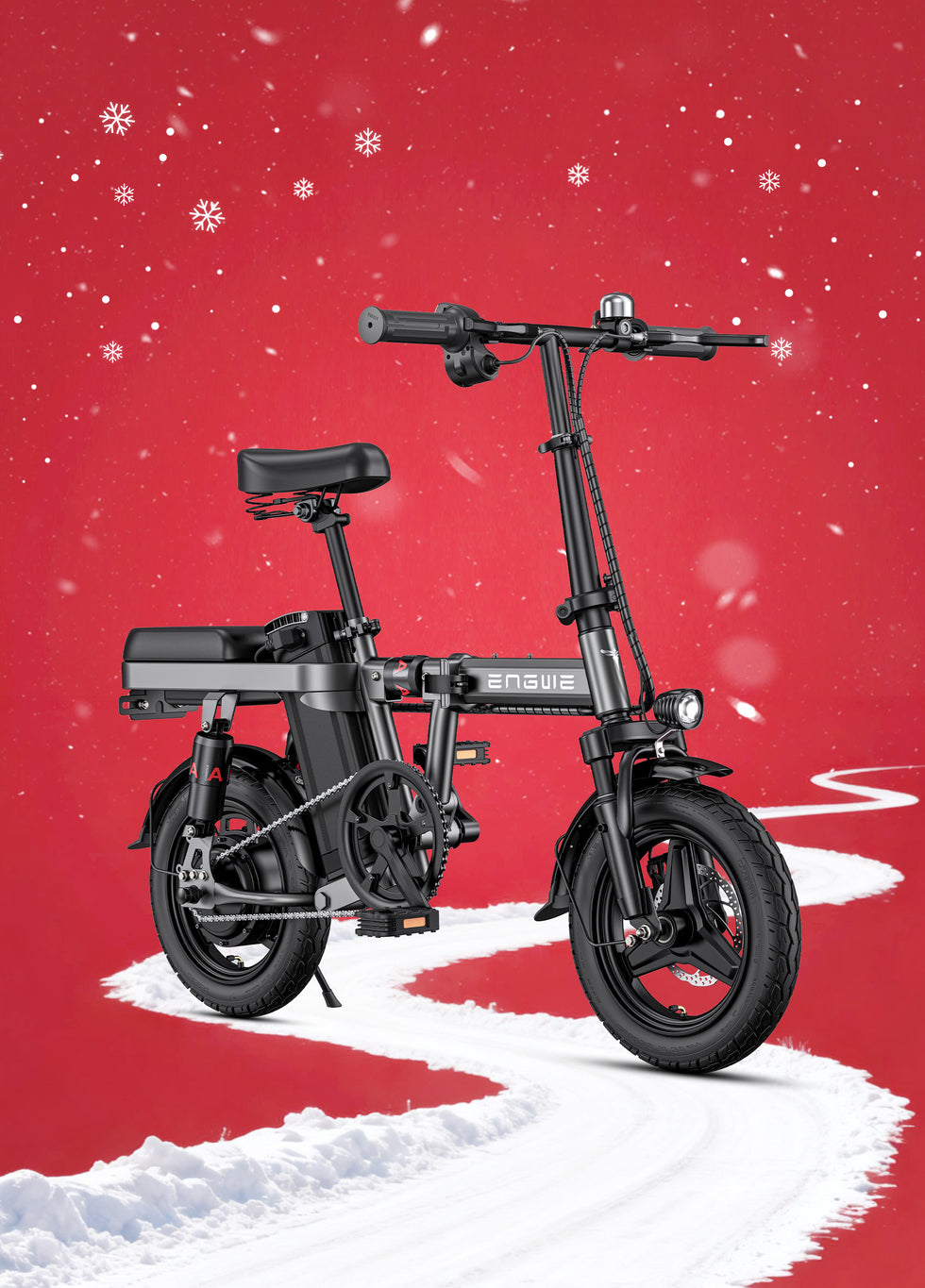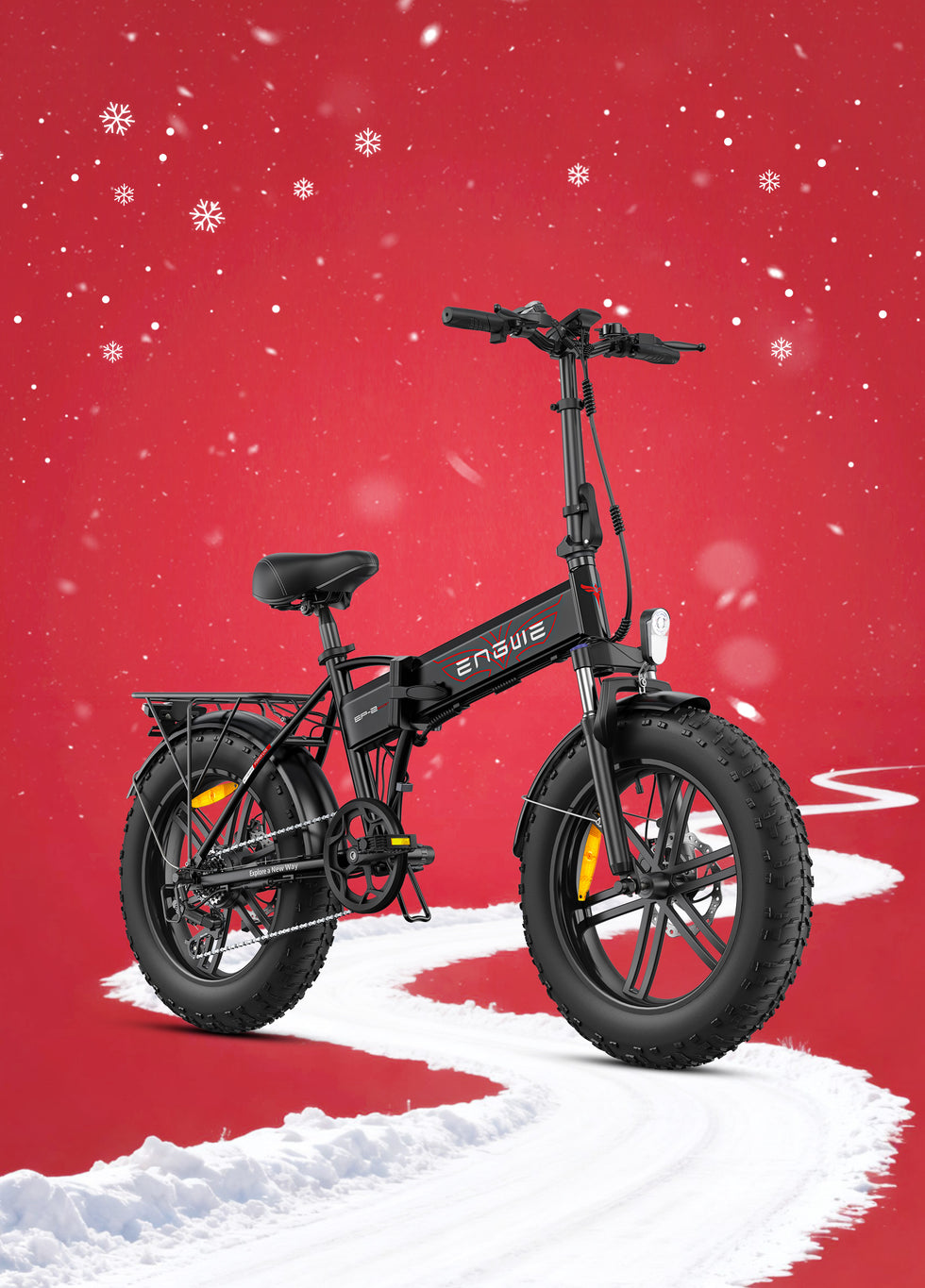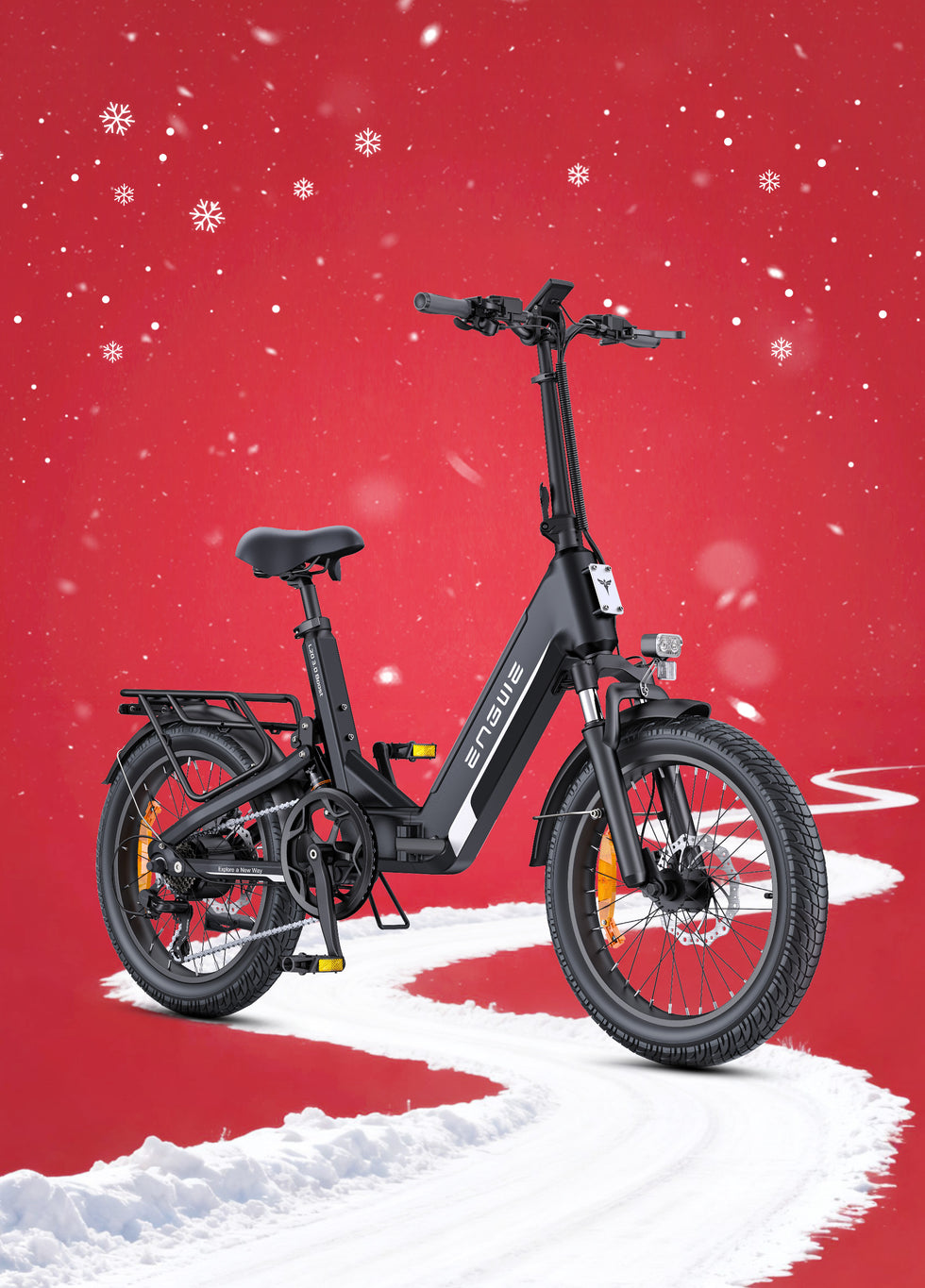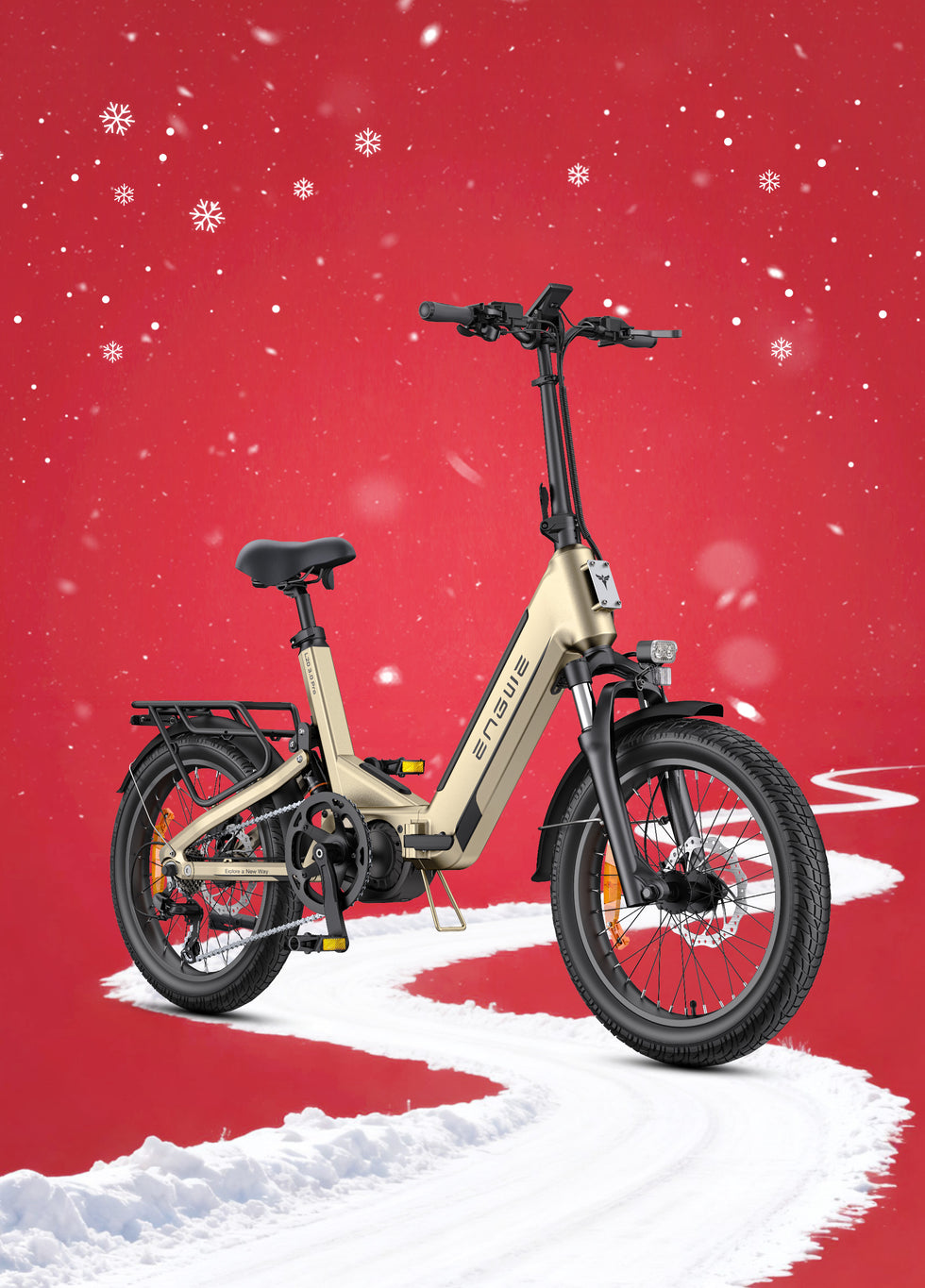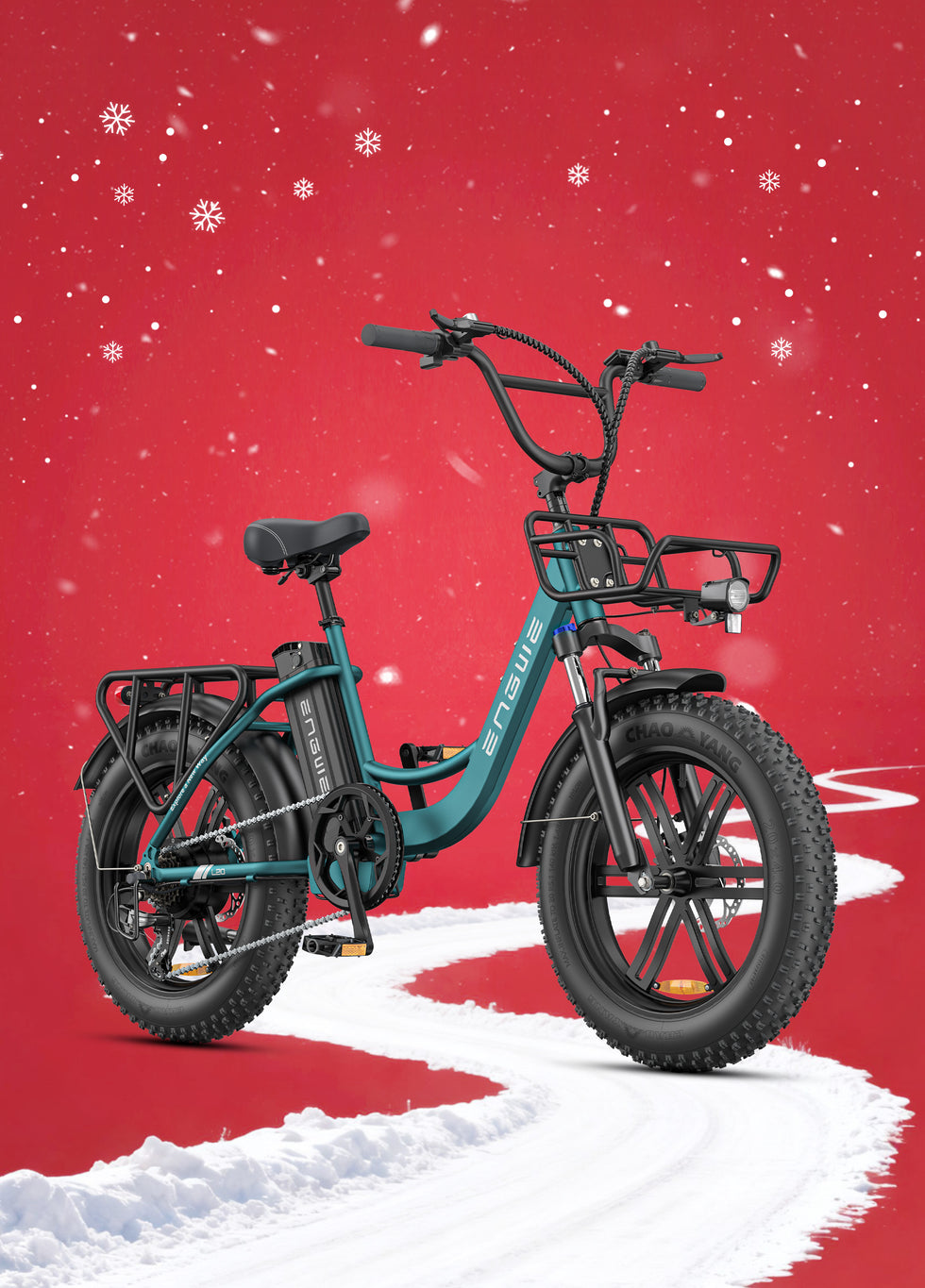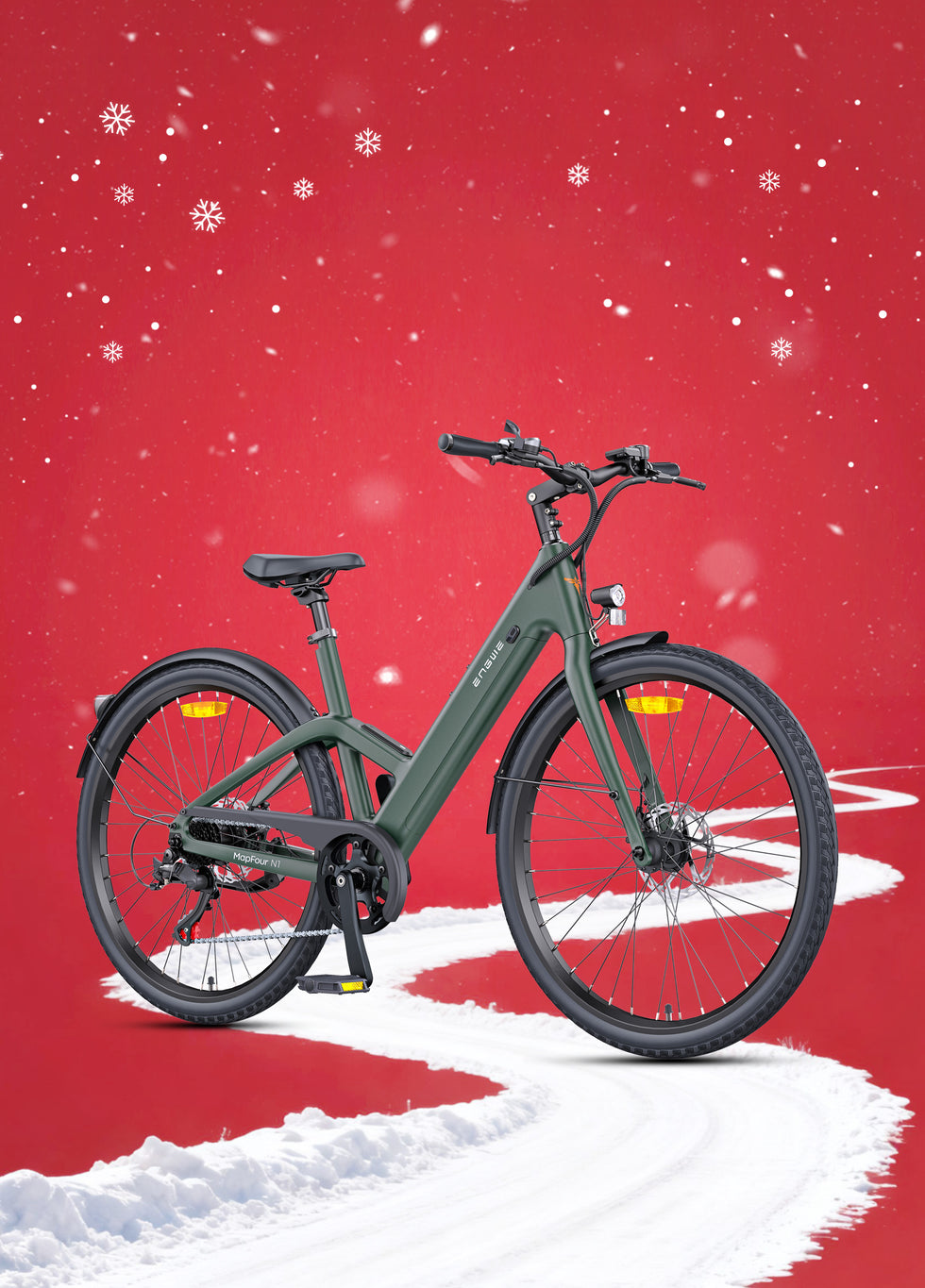The best electric road bike isn’t about finding the highest peak on a graph but opening new horizons and opportunities for your cycling journey. It’s about shutting down the voice of doubt at the bottom of a long climb, going on that long, hard ride deep into the day and getting there feeling fresh, not exhausted. As someone who's logged a lot of hours in the saddle, I know the 'best' bike is really what brings the most joy to your own ride—whether it's a weekend cruise with friends, a challenging commute route, or a simple sense of peace and exhilaration from reaching the end of the driveway for the first time in years. That’s where this guide comes in, helping you to navigate the noise with the good stuff that matters most. It’ll help you find the perfect electric companion to make road-based journeys a pleasure.
What Makes the Best Electric Road Bike?
Before we dig into specific models, however, there are some key considerations to keep in mind when seeking out the best electric road bike for your needs. As marketing buzzwords are sliced away, your decision ought to revolve around four key structures: the motor, the battery, the weight, and the frame. Doing these justice according to your requirements forms the basis of a rewarding purchase.
Machine Heart: Motor and Battery
The motor delivers the help, and there are two kinds you’ll mainly see on the road bike market. Mid-drive motors sit at the cranks and drive through the bike's gears directly, so they have a very natural, responsive feel that’s great for climbing. Hub-drive motors, which sit at the centre of the rear wheel, are generally lighter and less conspicuous. The question is not which is technologically superior, but which one feels best to you. Good power delivery, and the absence of jerking or lagging, comes from a high-quality system. Equally important is the battery. Its capacity, expressed in Watt-hours (Wh), determines your range. Do not just read the maximum possible range; see how a brand tests this. Investing in a bigger battery gives you more range, but also more heft. The best systems strike an ideal balance, delivering good power for a long ride while not turning the bike into a behemoth. Search for batteries built into the frame for a clean look and weight distribution.
Weighing and Standing Up to the Test
A road bike is about as minimalist as it can get, and lightness is at a premium. Any electric bike is going to be heavier than a standard bike, but the very best manage the weight effectively. A good road e-bike will still feel quick and responsive. You want a bike that feels stable and planted at speed, but not so much so that the bike feels like a tank when you have to navigate a tight corner or lift it over a kerb. The material used to construct the frame will make an enormous difference, with carbon fibre giving you the lightest and stiffest ride quality and high-end aluminium delivering a brilliant blend of performance and value. The aim is a bike that feels like an extension of your body, with the electric assist being an invisible tailwind, not a big clunky engine.
Outside of the Core: The Devil in the Details
After you've reviewed your big-ticket items, details make the good into the great. Quality of the groupset is an important consideration. Quality shifting: Brands such as Shimano offer smooth and accurate shifting through a number of gears; this is crucial for keeping a constant cadence on any terrain. Brakes are definitely a necessity for the sake of safety. An electric road bike of today should come fitted with hydraulic disc brakes, which offer reliable and strong braking performance in all weather conditions, a necessity considering the higher average speeds you tend to hold on the latest generation of e-road bikes. Last but not least, think about the tyres and wheels. A wider tyre may also be able to provide more comfort and grip over rougher road surfaces, and a strong and well-built wheelset is important to cope with the increased torque from the motor and the overall bike weight.
| Feature Comparison | ENGWE EP-2 Boost | Himiway Cruiser |
|---|---|---|
| Motor | 250W Brushless (55Nm Torque Boost) | Not specified in text |
| Battery | 48V 13Ah High-Capacity | Not specified in text |
| Tyres | 20" x 4.0" Fat Tyres | Not specified in text |
| Brakes | 180mm Disc Brakes | Not specified in text |
| Special Features | Folding Frame, Torque Sensor, Rear Rack | Not specified in text |
| Terrain | All-terrain (Road, Gravel, Dirt) | Not specified in text |
A Closer Look: The ENGWE EP-2 Boost
While most electric road bikes target only asphalt, a new breed of electric bike that offers both rapid road speed and off-road potential is starting to emerge, and the ENGWE EP-2 Boost is in a class of its own here. It has slyly redefined the perceptions around what a road bike is by giving cyclists unprecedented access to life beyond the pavement. Nestling in its heart is a 250W brushless motor (in line with the law), but this baby is born to perform and can deliver up to 55Nm of torque with the press of a humble ‘Boost’ button, converting those uphill grinds into a sexy undulation. What really sets it apart is the smart torque sensor, that keeps up with your turning force and propels you forward with an extremely intuitive power that does not feel like you are riding an electric bike. It's not just a motor; it's an intelligent companion. Fitted with a powerful 48V 13Ah high-capacity battery, you can travel in complete confidence for the farthest distances and even the longest days out. With its chunky 20-inch x 4.0-inch wide fat tyres and front suspension, it's not limited just to ideal surfaces; riding off-road is its comfort zone, tackling gravel paths, dirt tracks and pitted city streets with ease. Practicality is also at its core, with a folding frame making for easy storage and transportation, 180mm disc brakes offering excellent stopping power, a reliable Shimano 7-speed gear system, and a robust rear rack included too. For the rider in search of a single eBike that can do everything from swift commutes to weekend adventures on all kinds of terrain, the EP-2 Boost makes a compelling and powerful argument.

How is the Law in the UK?
An electric road bicycle must adhere to ‘EAPC’ (Electrically Assisted Pedal Cycle) regulations in the UK and EU to be used as a normal bicycle. This is incredibly important. The rules are simple: the motor may not produce a power rating of more than 250 watts (continuous) and the assistance must stop when you reach 25 km/h. The assistance should only work when you’re pedalling, and you can’t have a throttle to accelerate from a standstill. A bike that exceeds these limits is classed as a moped and needs a licence, tax, and insurance. All major brands, including ENGWE, make their bikes 100% compliant with European regulations to get you on the road or the trail with confidence that they are safe, reliable and backed by a 12-month warranty for extra peace of mind.

Making Your Selection: The Last Few Steps
Ultimately, the choice is yours. The best way to choose is to take a test ride. Feel how the motor engages. Feel how the bike handles around corners as well as on climbs. Does the geometry seem to fit you for the kind of riding you want to do? Consider how you will use it most. If you’re a commuter, something like mudguards, integrated lights and a rear rack, as featured on the EP-2 Boost, could be a must-have. If you’re a weekend club rider, you probably care more about getting the lowest weight and naturally-feeling assistance possible. Also, don’t get hung up on numbers, as ride quality and how the bike feels will keep you coming back time and time again. I’m just an aluminium and steel kind of guy, and maybe you are too. In the end, the best electric road bike is the one that makes you want to ride more often, further, and with a bigger smile on your face.

Frequently Asked Questions
1. How long can I ride before running out of battery?
Like on the ENGWE EP-2 Boost (and on most), the stated range is based on ideal conditions with the lowest level of assistance (PAS 1). Your real-world range will largely depend on several variables: your weight, the hilliness of your route, wind, and the amount of power assistance you use. If you ride in a high-power mode and/or have a bunch of hills, your real-world range is probably going to be more like 50-70% of the top-end figure. The trick is to see the maximum range as a possibility and to recognise that for most mixed-terrain rides, you will have plenty enough power for a great day out.
2. Don’t electric road bikes weigh a ton?
Yes, an electric bike is heavier than its non-electric counterpart because of the motor and the battery. But this weight is dealt with in two ways. For a start, the electric assist more than makes up for the extra kilos, particularly on hills, and the bike feels deceptively lightweight and nimble when you’re on the move. Secondly, the frames are designed so that they distribute this weight low down and centrally, which keeps the handling stable and predictable. You’ll definitely feel the 44 pounds when you need to carry the bike up a set of stairs, but you’re not likely to consider that weight a liability when you ride it.
3. What maintenance does an electric road bike require?
Maintenance is nearly identical to that of a regular bicycle. Maintaining the chain will still be necessary, as well as tyre pressure and brake checks. The electrics are very reliable and are well-sealed against the elements. The only extra things you need to do are take care of the battery - try to keep it in normal temperatures, don't leave it completely drained for months on end, and use the right charger. Today, most bike shops are well equipped to handle the mechanical and electrical systems of the leading e-bike makers.
4. Is it okay to ride my electric road bike in the rain?
Yes, the electric parts on a decent e-bike are water-resistant because people will get caught in the rain. They are engineered to withstand splashes, puddles, and regular wet conditions. But you can’t take the motor and battery for a full submersion, and you shouldn’t clean the whole bike with a high-pressure jet wash. After any wet ride, it is good practice to dry the bike down and take extra care to dry the battery contacts and the display unit.
5. Is an electric bike still good exercise?
Absolutely. This is one of the biggest misconceptions. An electric road bicycle is an ‘assist’ bike, not a scooter. You still have to pedal for the motor to kick in. You have complete control over the amount of effort you invest. You can pick a low level of assistance for a good workout or a high level that will enable you to climb a tough hill that you might otherwise have skipped. The advantage is that it gets you riding more frequently and over longer distances — with a marked increase in cardiovascular health and fitness to follow.
